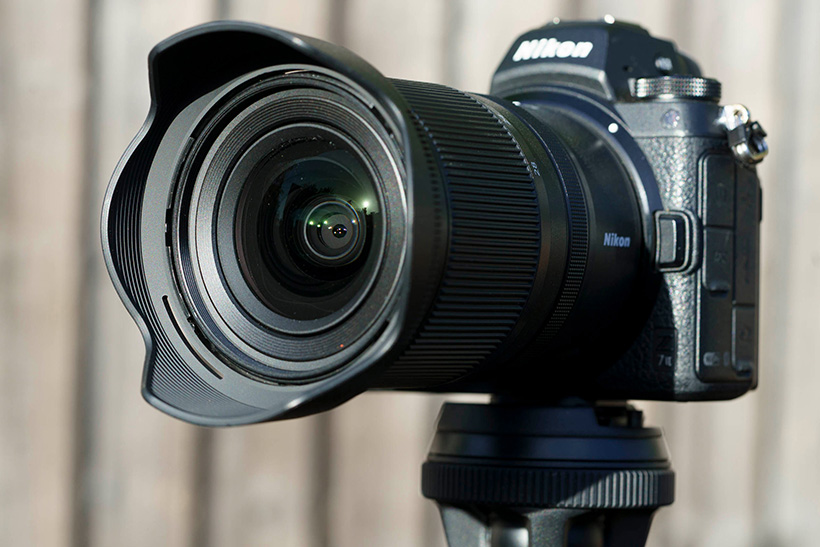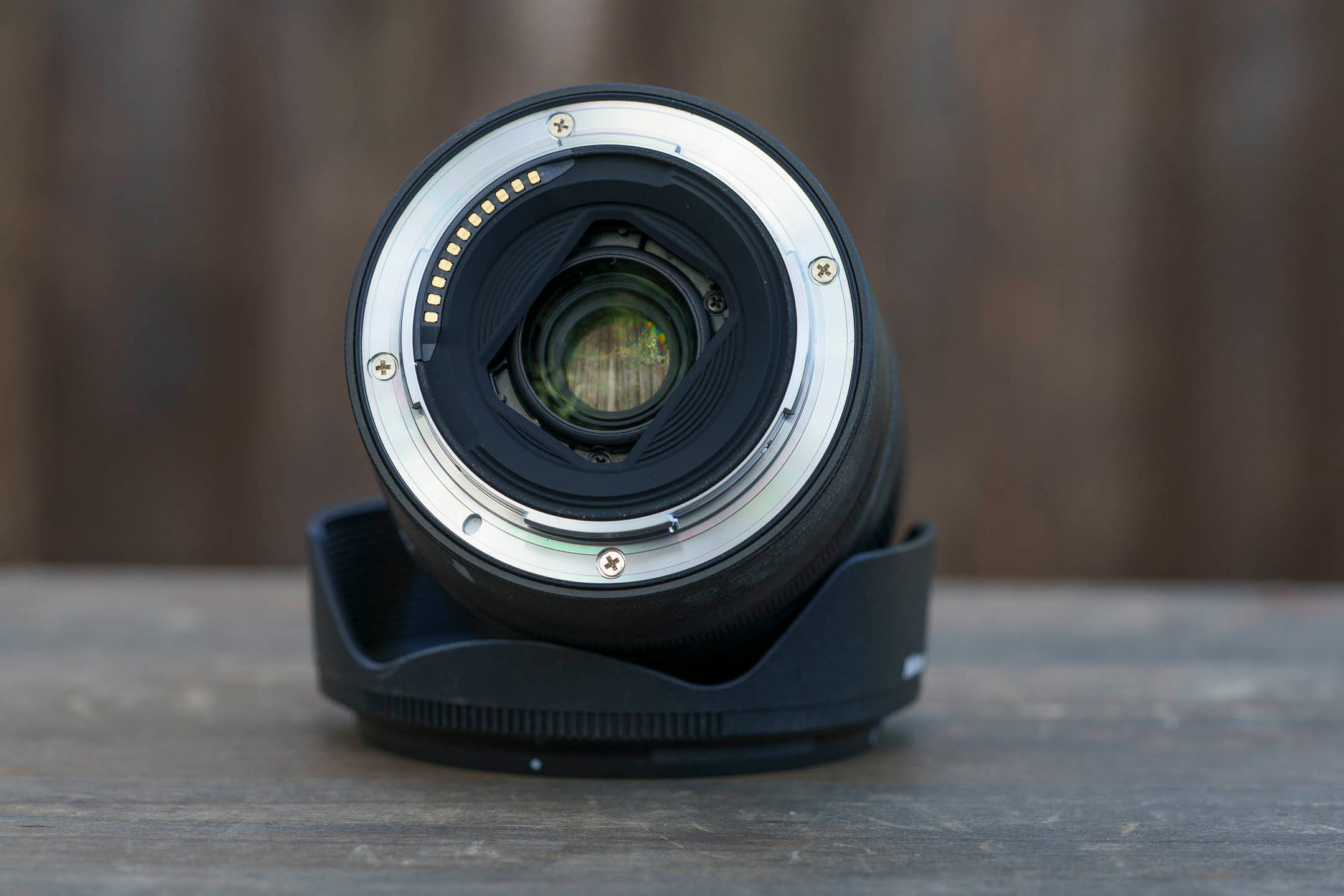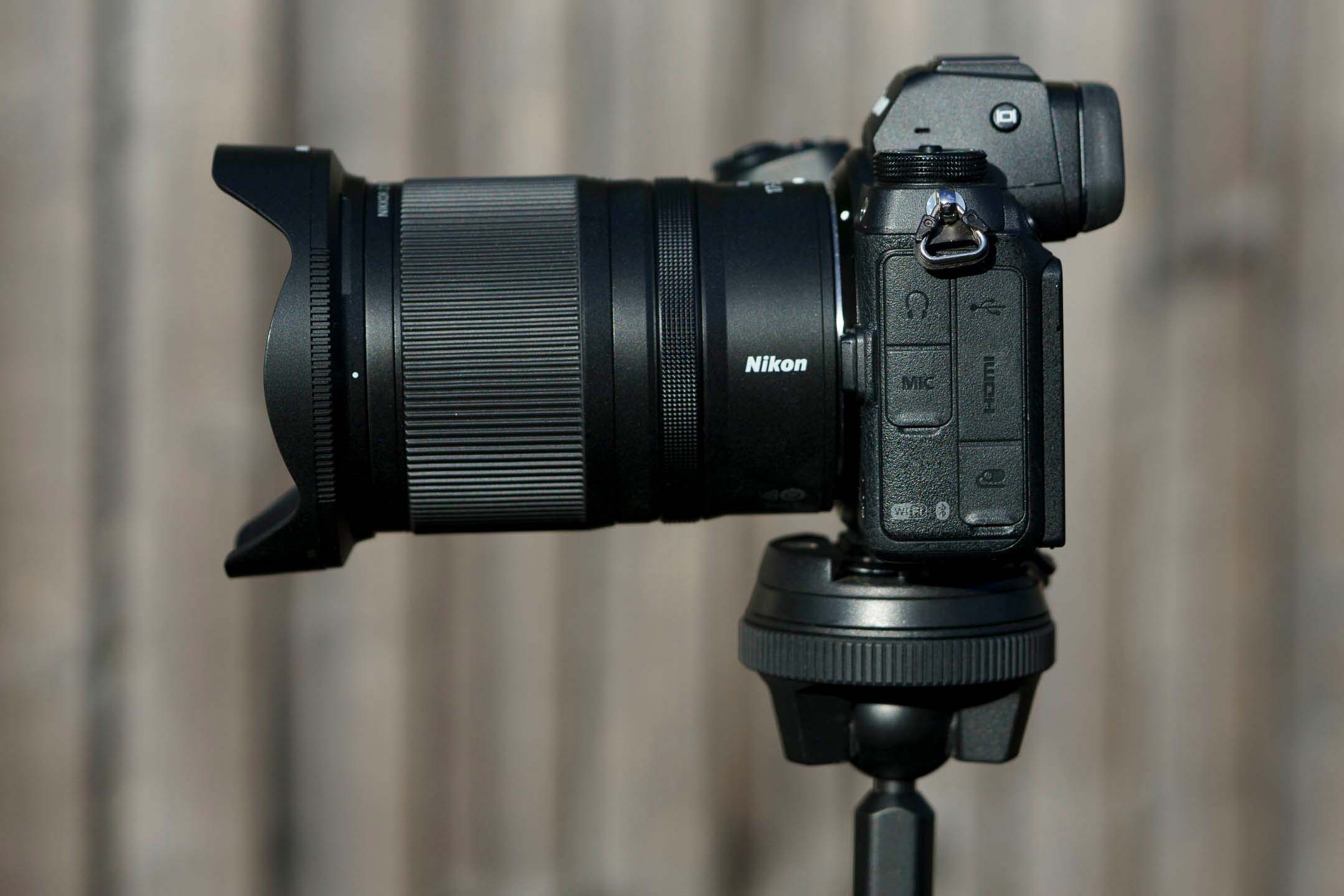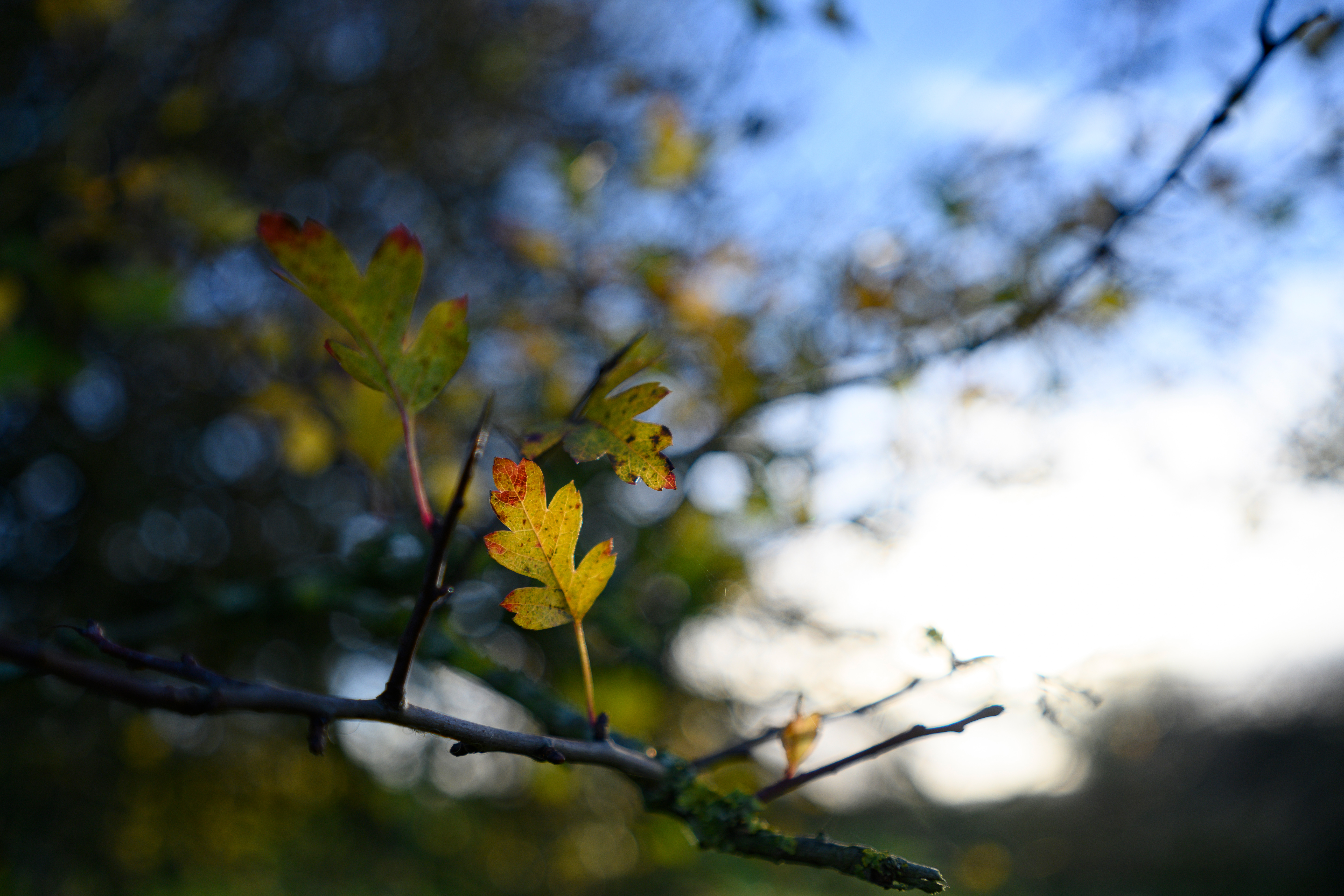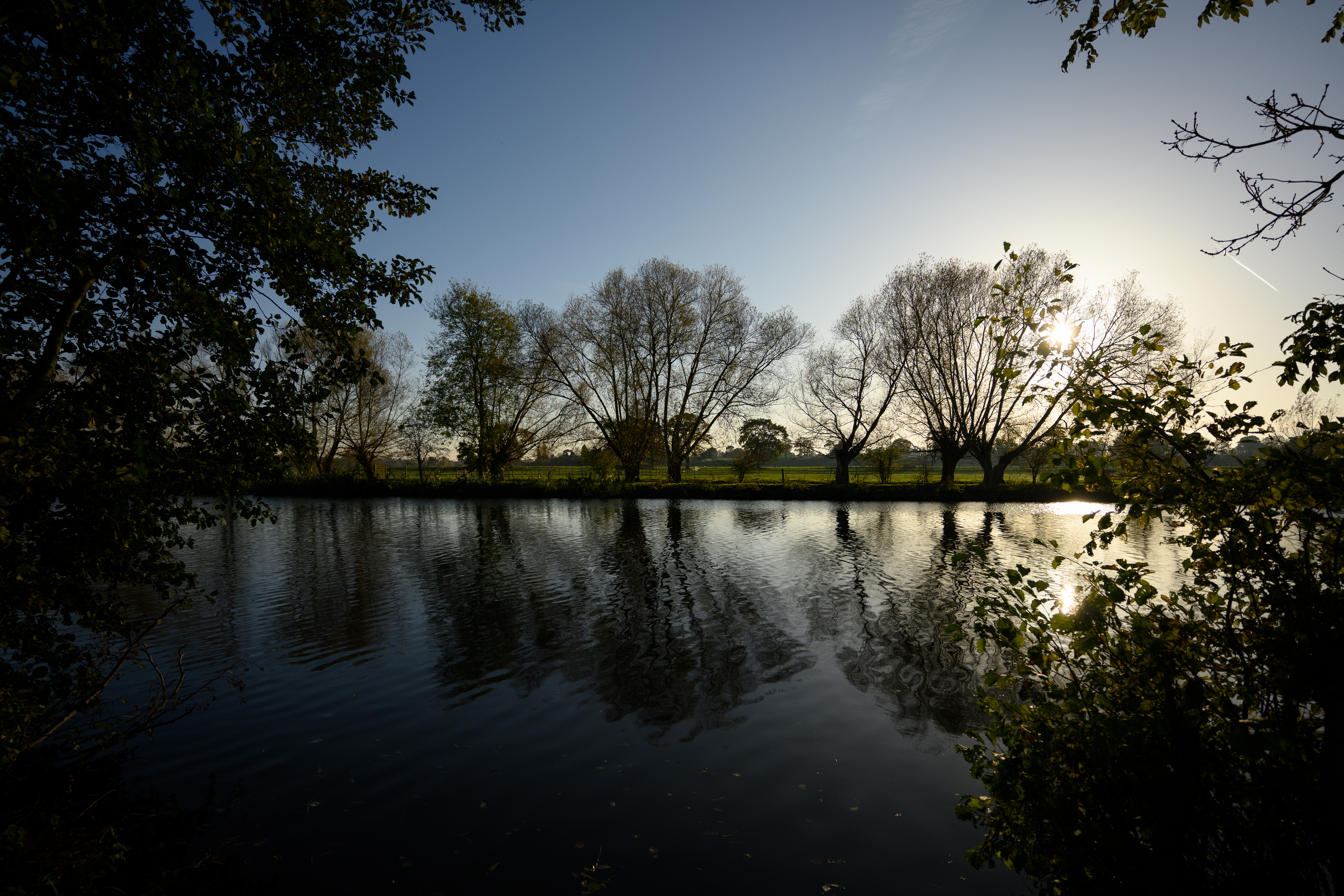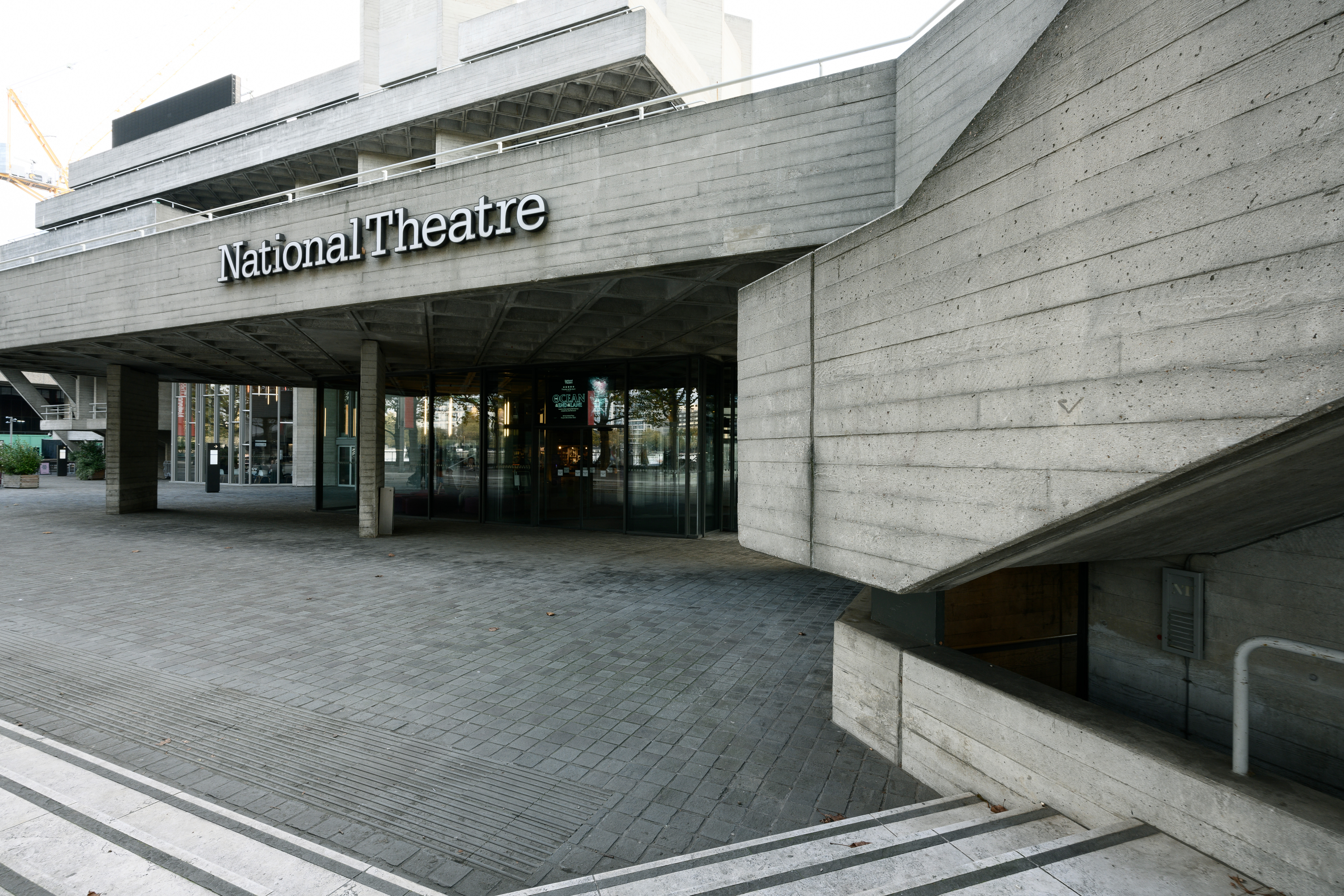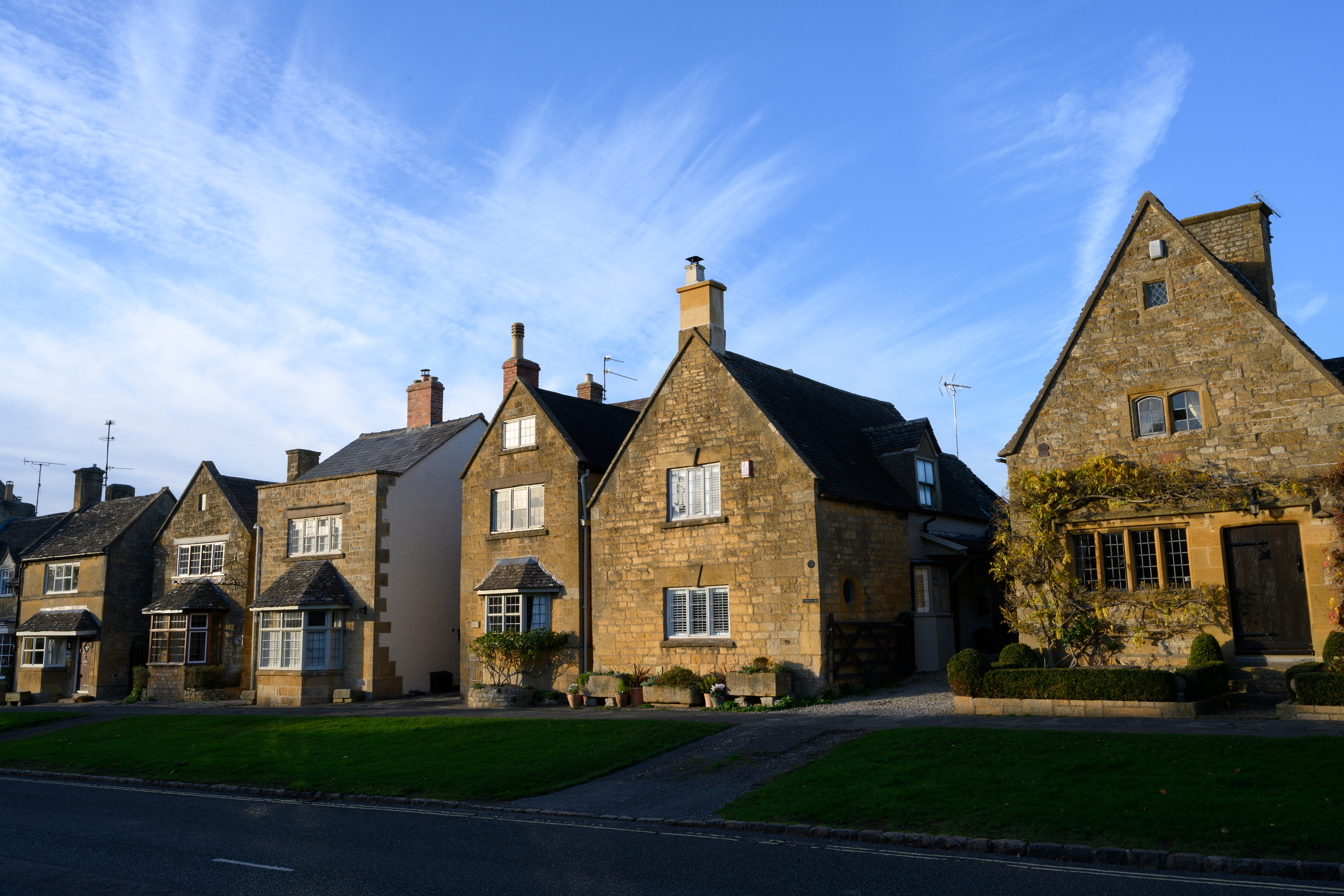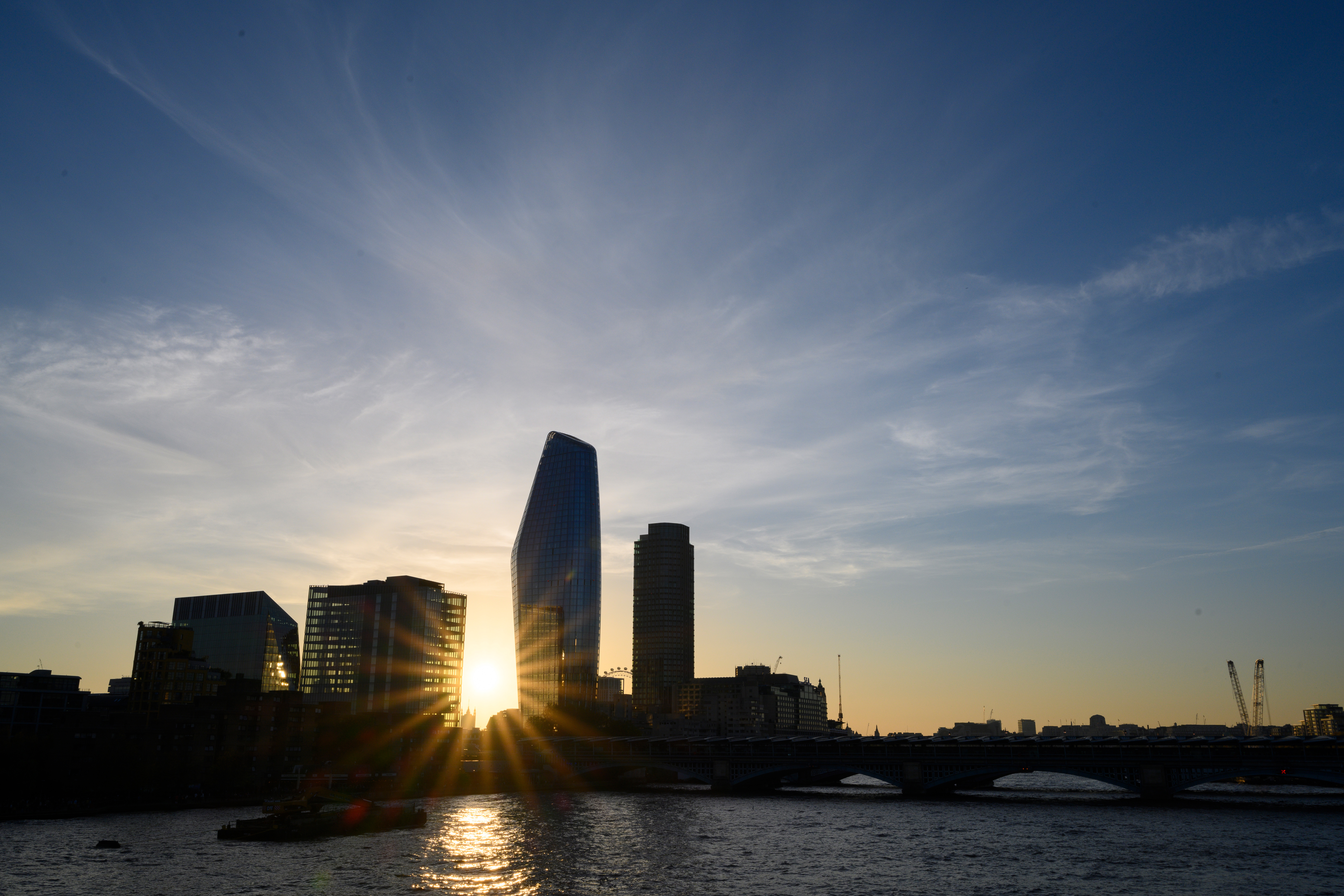Like the Nikon Z 28-70mm f/2.8, the Nikkor Z 17-28mm f/2.8 is thought to be Nikon’s incarnation of a Tamron lens, in this case the 17-28mm F/2.8 Di III RXD. Being an ultra-wide-angle zoom lens, it makes it an obvious choice when looking for a lens for video.
It joins the Nikon Z-mount line-up as the third full-frame zoom lens to cover the wide-angle range, sitting alongside the Nikkor Z 14-24mm f/2.8 S (£2,099) and Z 14-30mm f/4 S (£1,149).
Unlike those two optics, the Z 17-28mm f/2.8 isn’t an S-line lens. This means it doesn’t have some of their premium features, but does it still have what it takes to appeal to the average Nikon Z-series photographer?
Nikon Nikkor Z 17-28mm f/2.8 Features
Nikon set out to provide a relatively compact and lightweight wide-angle zoom lens with a constant aperture of f/2.8. This goes some way to explaining why the Z 17-28mm f/2.8 doesn’t go as wide as the company’s other full-frame wide-angle zooms, or the 16-35mm lenses from some other brands.
It’s also constructed from 13 elements in 11 groups with 2 extra-low dispersion (ED) elements, 1 Super-ED element and 1 aspherical element, with the special elements helping to keep the size of the lens down while maintaining high image quality across the frame.
That large maximum aperture is especially useful for anyone interested in shooting in low light conditions or in isolating a close subject from its surroundings. It means the Z 17-28mm f/2.8 lens should appeal to keen astro photographers as well as landscape-shooters.
Anyone with a full-frame Nikon Z-series camera is unlikely to be too concerned that the lens isn’t stabilised as their camera has sensor-shift in-body stabilisation. However, any photographers using it on one of Nikon’s APS-C format Z-series cameras which aren’t stabilised will have to take a little extra care to avoid the effects of camera shake.
On APS-C cameras, the 26-42mm equivalent range provided, is arguably not especially useful on those cameras anyway, especially as the video crop will make it even tighter.
Nikon Nikkor Z 17-28mm f/2.8 Build and handling
Although it’s not one of Nikon’s top-flight S-Line lenses, the Z 17-28mm F2.8 is weather-sealed and there’s a rubber gasket around the metal mount to keep out dust and moisture. However, there isn’t a switch on the barrel to swap between auto and manual focusing, and there are no customisable L-Fn buttons to access favourite features.
Unlike some of Nikon’s more high-end lenses there also isn’t a dedicated control ring, but the slim focus ring can be used to adjust the aperture, exposure compensation, focus or sensitivity (ISO) setting when the camera is set to use its autofocus system. In most cases, I use this to set the exposure compensation as I find it quicker to use the lens ring than the use a camera button and dial.
The focus ring has a very smooth movement, as the focusing is by wire. There are no physical end points to its rotation. As usual, there’s no distance scale on the lens barrel, but one appears in the viewfinder or on the screen when the ring is rotated in manual focus mode.
The zoom ring sits further towards the front than the focus ring and it’s much broader. This makes it very easy to locate when you’re shooting. It has four focal length markings: 17mm, 20mm, 24mm and 28mm. It takes just under a quarter of a turn to zoom from 17mm to 28mm. While the movement is smooth and assured, my personal preference would be for it to be just a little stiffer.
Both the focusing and the zoom mechanism work internally. This means that the lens doesn’t change length during focusing or zooming. It also means that the front element doesn’t rotate, which is helpful for anyone using a graduated or polarising filter.
At 450g, the Z 17-28mm f/2.8 is 35g lighter than the Z 14-30mm f/4 S, which has a 1-stop smaller maximum aperture yet a wider zoom range. It’s also 250g lighter than the Z 14-24mm f/2.8 S. This makes it more attractive for anyone trying to keep weight down (as well as cost), and for those using the lens for video.
Autofocus
I tested the Nikon Z 17-28mm f/2.8 on the 45.7MP Nikon Z 7II and other than to test the manual focus system, I had no need to switch away from autofocus. It focuses quickly and almost completely silently. It is sometimes a bit indecisive when the subject is close to minimum focus distance, but that’s quite common and not insurmountable.
In most cases, I found a higher-contrast target close to the desired area for the autofocus system to latch onto and then recomposed with the focus point on my intended target. Once the focus is in the right zone, it usually gets the focus right quickly.
However, if you’re planning to shoot a lot of subjects close to the nearest focusing point, it would be worth setting the manual focus ring to M/A in the camera’s menu. This enables quick adjustments to the focusing using the ring when the camera is in AF mode.
When adjusting the focus from one extreme to another, you may notice a slight change in the framing of the image, but it’s not dramatic and unlikely to be problematic, although something to be aware of when recording video.
Nikon Nikkor Z 17-28mm f/2.8 Image quality
It might not be one of Nikon’s flagship lenses, but the Z 17-28mm f/2.8 still captures a very respectable amount of detail across the frame and throughout its focal length range. As usual, the centre of the image is a little sharper than the corners, but the drop-off isn’t worrying. The sharpness is also pretty consistent though the aperture range. I’d be happy to use any of the available settings (f/2.8-f/22), but if you want to get the very best results, then stick to around f/5.6-f/11.
In the past I would have expected straight lines to bend like a banana when they’re photographed with a 17-28mm zoom lens. These days that’s something that can be dealt with in-camera or in post-capture processing. Of course, you can decide to turn off the correction profiles at either stage. However, it would be a strange decision.
If you do so with the Z 17-28mm f/2.8, you’ll see barrel distortion in images captured at the 17mm end. You’ll see pincushion distortion from about 24mm to 28mm. Neither is especially troublesome, but it’s there if you have an aversion to correction profiles. Activate the profiles, however, and any straight lines are straightened.
When the aperture is wide open, there’s some vignetting, even when the correction profile is applied. However, in many real-world shooting situations it’s likely to go unnoticed. Closing down the aperture to f/4 effectively eliminates any corner shading.
Increasingly, when testing lenses, it seems that I have to really try to force the issue to capture any flare or chromatic aberration. The Z 17-28mm f/2.8 is a great example of this. I’ve scrutinised my images and I can’t find any with chromatic aberration, even when the correction profile is turned off.
Similarly, flare is controlled extremely well, especially for such a wide lens and when shooting without the lens hood with sunlight passing over the front element. Of course, you will most likely see some if you point the camera towards the sun, but it’s contained impressively so the contrast doesn’t nose-dive there are only a few small hotspots.
Nikon Nikkor Z 17-28mm f/2.8 Verdict
The Z 17-28mm f/2.8, at launch has around the same street price as the Z 14-30mm f/4 S. But importantly comes with an extra stop on the aperture, if you can accept the narrowing of the focal length range. It means that Nikon Z-series photographers and videographers now have some even more difficult decisions to make when looking for a full-frame wide-angle zoom lens.
In comparison, the Nikon Z 14-24mm f/2.8 S is an absolutely superb lens but it’s pretty heavy. It has a bulbous front element that means you have to use 112mm filters or rear gels and it costs more than £2,000. The Z 14-30mm f/4 S makes a great alternative that retails for almost half the price, is 165g lighter and has a wider zoom range, albeit it at the expense of a stop off the maximum aperture.
As a fan of wide-angle photography, I’d be tempted to go for the 14-30mm lens, but 14mm can often be a bit too extreme while the 17-28mm range covers many eventualities. It’s also nice to have that extra stop on the aperture for low-light situations and even the occasional environmental portrait.
Anyone who does opt for the Z 17-28mm f/2.8 will find that it’s a very capable lens that controls the usual flaws of wide-angle optics extremely well so that straight lines don’t bow, flare isn’t a major issue and there’s nice sharpness across the frame.

Related articles:
- Best Z Mount Lenses for Nikon
- The Best Nikon Mirrorless Cameras To Buy
- Best lens for landscape photography: wide-angle zooms

